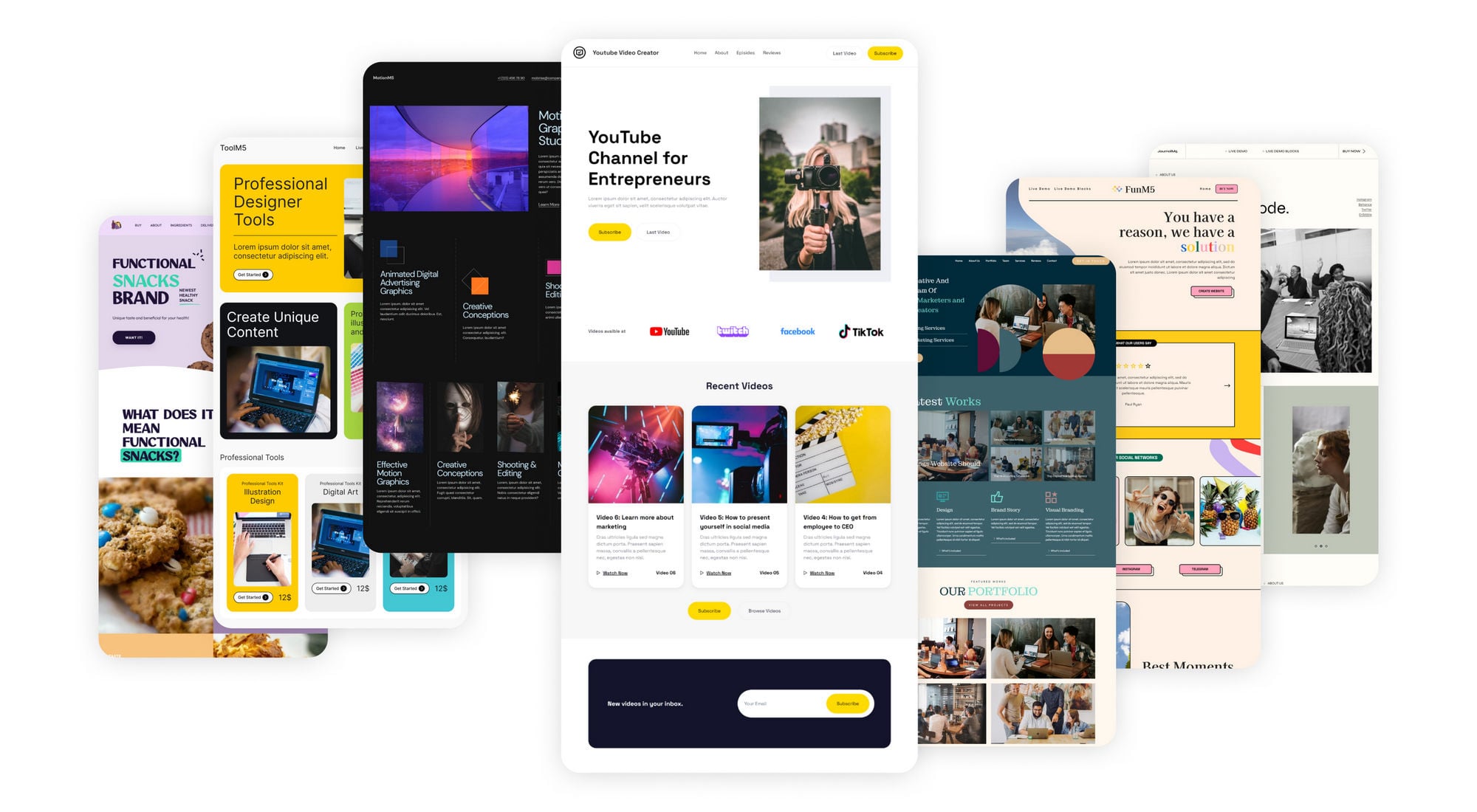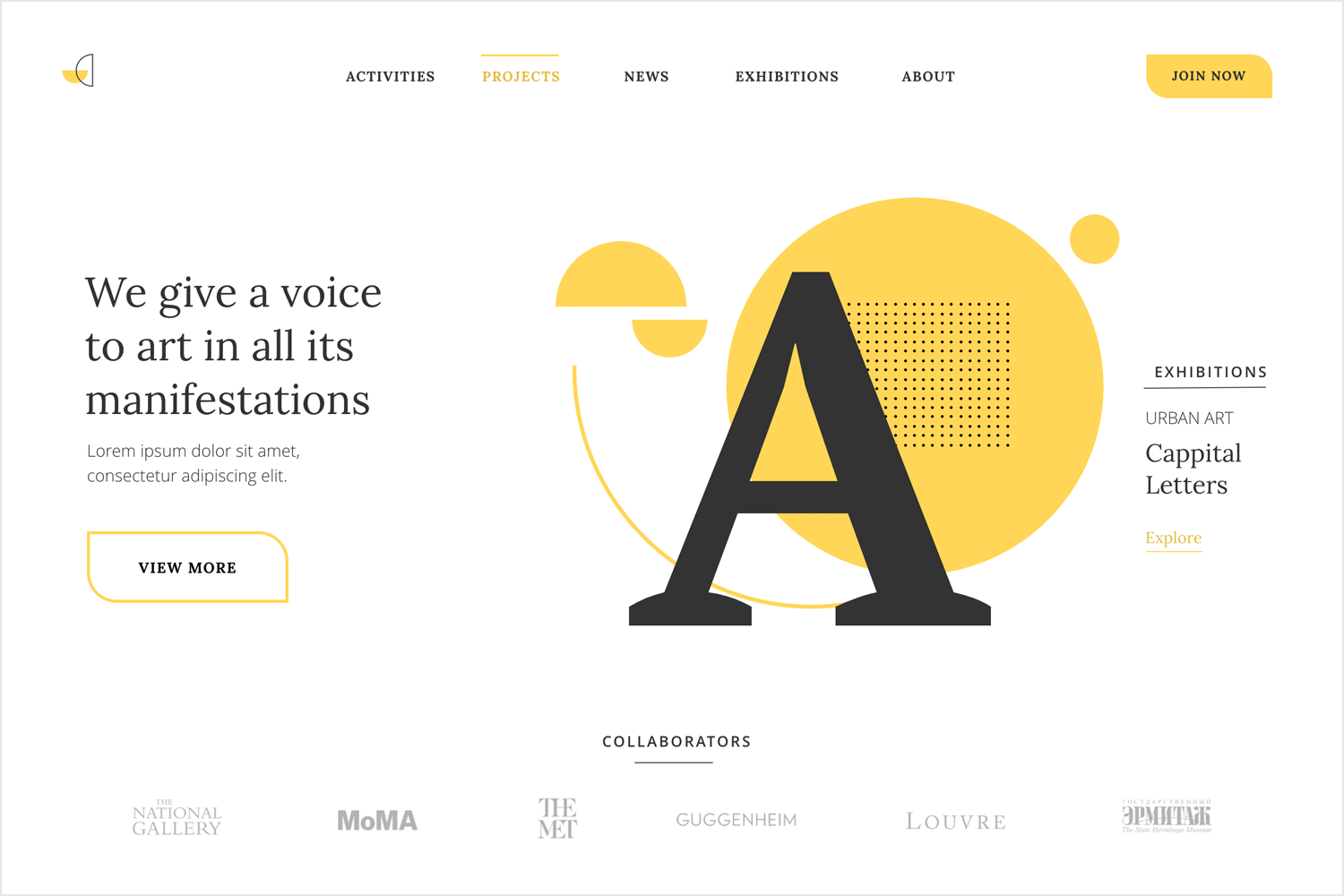Website Design Ideas to Enhance User Interaction
Website Design Ideas to Enhance User Interaction
Blog Article
Essential Principles of Web Site Layout: Producing User-Friendly Experiences
By focusing on customer requirements and choices, designers can promote interaction and fulfillment, yet the ramifications of these concepts extend past simple performance. Recognizing just how they intertwine can considerably impact a site's general effectiveness and success, triggering a closer evaluation of their private functions and cumulative impact on user experience.

Importance of User-Centered Layout
Prioritizing user-centered layout is vital for developing reliable sites that meet the requirements of their target market. This method positions the individual at the center of the style procedure, making certain that the internet site not only operates well but additionally reverberates with users on an individual level. By recognizing the users' preferences, objectives, and actions, designers can craft experiences that promote involvement and complete satisfaction.
Additionally, taking on a user-centered style viewpoint can bring about boosted accessibility and inclusivity, providing to a varied audience. By considering various individual demographics, such as age, technical effectiveness, and cultural backgrounds, developers can develop web sites that rate and functional for all.
Eventually, focusing on user-centered design not only improves individual experience however can likewise drive crucial service outcomes, such as increased conversion rates and client loyalty. In today's affordable electronic landscape, understanding and focusing on individual needs is a crucial success factor.
User-friendly Navigating Frameworks
Efficient web site navigating is frequently a crucial variable in enhancing user experience. Intuitive navigating frameworks enable individuals to discover info swiftly and successfully, minimizing stress and increasing engagement. A well-organized navigating food selection should be easy, sensible, and consistent throughout all web pages. This enables customers to anticipate where they can situate certain web content, thus promoting a smooth surfing experience.
To develop intuitive navigation, developers ought to focus on quality. Labels should be familiar and descriptive to users, avoiding jargon or uncertain terms. A hierarchical structure, with key classifications bring about subcategories, can additionally aid users in understanding the connection between various areas of the site.
In addition, including visual cues such as breadcrumbs can assist users with their navigating path, permitting them to quickly backtrack if required. The addition of a search bar additionally enhances navigability, providing customers guide accessibility to web content without having to navigate via multiple layers.
Responsive and Adaptive Formats
In today's digital landscape, making certain that internet sites operate perfectly across various tools is important for user fulfillment - Website Design. Receptive and adaptive designs are two vital methods that allow this capability, accommodating the varied variety of screen sizes and resolutions that customers may experience
Receptive formats use fluid grids and versatile photos, enabling the site to immediately readjust its elements based on the screen dimensions. This technique supplies a regular experience, where content reflows dynamically to fit the viewport, which is particularly beneficial for mobile individuals. By utilizing CSS media inquiries, developers can produce breakpoints that enhance the design for various devices without the demand for separate designs.
Adaptive formats, on the other hand, utilize predefined formats for certain display dimensions. When a customer accesses the site, the web server discovers the gadget and offers the suitable design, making certain a maximized experience for differing resolutions. This can result in quicker filling times and enhanced efficiency, as each design is tailored to the gadget's capacities.
Both flexible and receptive styles are important for boosting customer engagement and complete satisfaction, ultimately adding to the web site's overall effectiveness in fulfilling its purposes.
Constant Visual Pecking Order
Developing a constant aesthetic power structure is critical for assisting customers via a site's web content. This concept guarantees that information is offered in a pop over to this site fashion that is both instinctive and appealing, enabling users to easily navigate and comprehend the product. A distinct pecking order employs various design components, such as dimension, shade, contrast, and spacing, to produce a clear difference between different sorts of material.

Furthermore, regular application of these aesthetic cues throughout the internet site cultivates familiarity and count on. Customers can quickly find out to acknowledge best site patterns, making their interactions extra reliable. Eventually, a strong aesthetic hierarchy not just boosts individual experience but also improves general site use, urging much deeper engagement and helping with the preferred activities on a site.
Ease Of Access for All Customers
Access for all individuals is a fundamental aspect of website layout that makes sure everyone, no matter of their capacities or disabilities, can involve with and take advantage of on-line material. Creating with access in mind entails carrying out techniques that accommodate varied user needs, such as those with visual, auditory, electric motor, or cognitive problems.
One necessary guideline is to follow the Web Content Availability Standards (WCAG), which give a structure for producing easily accessible electronic experiences. This includes utilizing sufficient color comparison, offering message choices for pictures, and making sure that navigation is keyboard-friendly. Furthermore, utilizing responsive design methods guarantees that web sites work properly across various tools and screen dimensions, better boosting access.
One more important variable is the usage of clear, succinct language that prevents jargon, making content comprehensible for all customers. Engaging customers with assistive technologies, such as screen viewers, calls for mindful interest to HTML semiotics and ARIA (Available Rich Net Applications) roles.
Eventually, focusing on availability not just fulfills legal responsibilities yet additionally broadens the audience reach, fostering inclusivity and improving customer contentment. A commitment to ease of access reflects a devotion to producing equitable digital settings for all users.
Final Thought
To conclude, the essential principles of internet site layout-- user-centered layout, intuitive navigating, receptive formats, consistent aesthetic hierarchy, and access-- collectively add to the creation of straightforward experiences. Website Design. By prioritizing customer needs and ensuring that all people can efficiently involve with the website, designers enhance functionality and foster inclusivity. These concepts not only boost user fulfillment however also drive positive organization end results, inevitably showing the essential relevance of thoughtful site style in today's electronic landscape
These techniques provide indispensable understandings right into individual assumptions and pain factors, making it possible for developers to customize the web site's attributes and content accordingly.Reliable site navigation is read the article commonly a crucial aspect in boosting user experience.Developing a constant aesthetic pecking order is pivotal for leading customers through a web site's web content. Eventually, a solid aesthetic pecking order not only enhances individual experience however likewise boosts general site use, motivating deeper interaction and helping with the desired activities on a web site.
These concepts not only enhance customer complete satisfaction however also drive positive service end results, ultimately demonstrating the crucial significance of thoughtful web site style in today's digital landscape.
Report this page